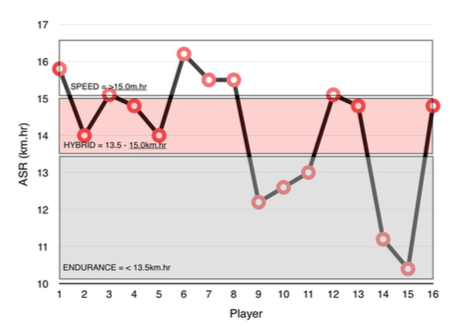‘Bridging the gap’ – The role of individualisation in managing the physical transition between ‘part-time’ and ‘full-time’ academy football

FEATURE / FRANCES HUNTER & JONATHAN TAYLOR
In English academies the transition between the under 16 (u16) and under 18 (u18) age-groups (also representative of the part-time to full-time transition) observes a ‘two-fold’ increase in required coaching hours in accordance with the Elite Player Performance Plan (EPPP). Additional coaching contact times come s with greater physical and physiological demands, and if this transition is not managed correctly, overuse injuries and under performance are highly likely as a consequence (Gabbett et al. 2017). This is significant given that injury is negatively associated with player progression in academies (Larruskain et
al. 2021). The substantial differences in training loads between u16, u18 and u23 age-groups in a Category 1 EPL academy were recently demonstrated (Taylor et al. 2022). Weekly total distance, high-speed running, ‘sprint’ distance (>25.2km.hr- 1), mechanical load and RPE-Loads were substantially higher in u18 in comparison to u16 players (Taylor et al. 2022) further highlighting the increased physical demand.
Evidence around injury incidence age-group comparisons is equivocal in high-level youth football. However, in a recent systematic review, u17 to u21 players were reported to have the highest injury incidence per 1000/h (7.9), with the probability of sustaining a time-loss injury 51-91% in u18 players, in comparison to wider probability range of 1-96% in u9-16 players (Jones et al. 2019). Evidence around Injury burden (time-loss) is clearer, with u18 players reported to suffer the most severe injuries (Materne et al. 2021). Data on seasonal variation of injuries indicates that two ‘injury peaks’ occur (Read et al. 2017). The first peak occurs immediately post ‘pre-season’ during which physical stress is elevated (September),
and the second following the ‘winter break’ where ‘deconditioning’ may occur (January).
